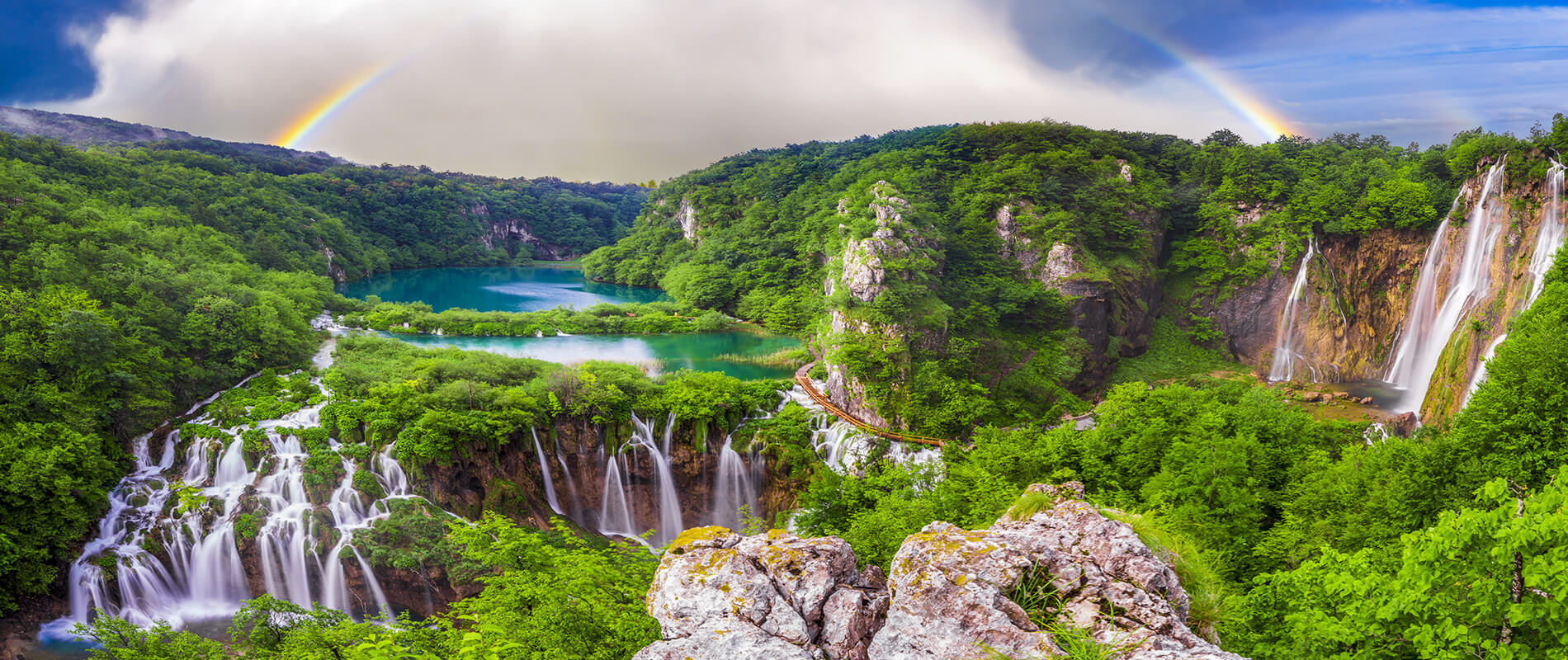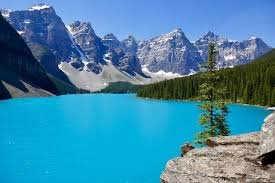The 10 Most Dangerous Places You Should Never Visit
While the world is full of breathtaking destinations and vibrant cultures, not every place is safe for travelers. Some regions are plagued by war, political instability, natural disasters, crime, or extreme environments that pose serious risks to visitors. This article explores ten of the most dangerous places on Earth that are best admired from afar.
1. North Sentinel Island, India
Located in the Bay of Bengal, North Sentinel Island is home to the Sentinelese tribe—one of the last uncontacted peoples in the world. The tribe is known for its hostility toward outsiders and has violently resisted contact for decades. The Indian government has declared the island off-limits, both to protect the tribe and to ensure the safety of intruders. Visitors who attempt to reach the island risk being attacked with spears or arrows.
Why it’s dangerous: Hostile indigenous tribe, no medical or rescue services, and a complete lack of outside communication.
2. Death Valley, USA
Located in eastern California, Death Valley holds the record for the hottest temperature ever recorded on Earth—over 134°F (56.7°C). The harsh climate and vast desert terrain can be fatal for the unprepared. Dehydration, heatstroke, and car breakdowns are common risks in this desolate landscape. Many tourists underestimate the heat and lack of water, which has led to numerous fatalities.
Why it’s dangerous: Extreme heat, lack of water sources, and long stretches with no services or help.
3. Danakil Depression, Ethiopia
Often described as one of the harshest places on Earth, the Danakil Depression features active volcanoes, boiling sulfur springs, and acidic lakes. The temperature can soar above 120°F (49°C), and the air is filled with toxic gases. Despite its otherworldly beauty, the area is inhospitable to most life forms and extremely dangerous for humans.
Why it’s dangerous: Toxic gases, volcanic activity, scorching temperatures, and remote location.
4. Fukushima Exclusion Zone, Japan
Following the 2011 earthquake and tsunami, the Fukushima Daiichi nuclear plant suffered a catastrophic meltdown. As a result, a large exclusion zone was established due to dangerous radiation levels. Though some parts have been reopened, much of the zone remains off-limits due to lingering radioactive contamination.
Why it’s dangerous: High radiation levels, long-term health risks, and contaminated soil and water.
5. Ciudad Juárez, Mexico
Once known as one of the most dangerous cities in the world, Ciudad Juárez has been plagued by violent crime related to drug trafficking and gang wars. Though the situation has improved in recent years, violent crime, including kidnapping, robbery, and murder, remains a concern.
Why it’s dangerous: Organized crime, drug violence, and high murder rates.
6. Chernobyl Exclusion Zone, Ukraine
Site of the 1986 nuclear disaster, the Chernobyl Exclusion Zone still contains areas with unsafe radiation levels. While guided tours are allowed in controlled sections, venturing off-path is extremely dangerous. Wildlife has returned, but the land remains contaminated for thousands of years.
Why it’s dangerous: Lingering radioactive contamination, decaying structures, and limited emergency services.
7. Mount Washington, USA
At first glance, Mount Washington in New Hampshire doesn’t seem threatening, but it is known for having the world’s worst weather. The summit regularly experiences hurricane-force winds, whiteouts, and sub-zero temperatures that have claimed the lives of many hikers and climbers.
Why it’s dangerous: Sudden weather changes, extreme cold, and dangerous terrain.
8. Lake Natron, Tanzania
This eerie red lake in Tanzania may be beautiful, but it’s incredibly deadly. The water’s high alkalinity (pH as high as 10.5) and temperature (up to 140°F) can burn skin and eyes. The lake is so caustic that it can calcify animals that die in it, preserving them in eerie statue-like forms.
Why it’s dangerous: Corrosive waters, extreme heat, and risk of chemical burns.
9. Democratic Republic of the Congo
The DRC is rich in natural resources and stunning landscapes, but years of civil war, corruption, and poor infrastructure have made it a dangerous place for travelers. Armed conflict, disease outbreaks (like Ebola), and violent crime remain serious concerns, especially in the eastern regions.
Why it’s dangerous: Political instability, armed conflict, diseases, and poor healthcare infrastructure.
10. Bikini Atoll, Marshall Islands
Bikini Atoll was the site of numerous nuclear tests conducted by the United States in the 1940s and 1950s. Though it is now a UNESCO World Heritage Site and some radiation has diminished, the island is still not considered safe for permanent habitation. The risk of exposure to radioactive materials persists.
Why it’s dangerous: Radioactive contamination and limited access to emergency resources.
Final Thoughts
While curiosity and adventure often drive us to explore new places, some destinations carry risks that far outweigh their rewards. Whether due to natural hazards, human conflict, or environmental disasters, these ten places remain perilous for travelers. If you’re looking for thrill and adventure, it’s always better to stay informed and choose destinations where your safety isn’t at serious risk.
Would you like a list of beautiful but safe alternatives to these places?
4o


